
The battle lines are being drawn in the upcoming fight over a nomination to fill the Supreme Court seat left vacant by the the death of Justice Antonin Scalia. I think it is a better than even chance that Mitch McConnell and Charles Grassley engage in Failure Theater and sign off on whomever Obama wants to put on the bench. It would be most odd that having spent over seven years moving in lockstep with the Democrats on virtually every issue that they should suddenly find the guts to oppose him.
There are two lines of attack the left is using. The first is racism. Apparently, it is not Obama’s dishonesty, incompetence, and corruption that has made the GOP distrust him. It is his race. Nothing new here. The left blames everything from crop failure to genital chancres on racism. If we even acknowledge that argument, we’re a lot dumber than I had thought possible.
The second line of attack was rolled out in the New York Times. The failure to let Obama appoint a replacement for Justice Scalia is a new government shutdown:
The prospect of the Supreme Court’s sitting for a year or even longer at less than full strength means the partisan warfare that has overtaken Washington could produce a whole new kind of government shutdown — one limiting the court’s ability to fully function.
The rampant dysfunction that has riven Congress and undermined relations between the executive and legislative branches in the Obama era now threatens to engulf the nation’s highest court at a moment it could be deciding fundamental issues on abortion, affirmative action and immigration, just to name three.
Democrats outraged by the vow of Senate Republicans to ignore any Supreme Court nominee say they see the same conservative mind-set that led to a shutdown of government agencies in 2013 at work even though, when it comes to the courts, they have used obstructionist tactics in the past as well.
“This stance by the Republicans epitomizes what people regard as the worst characteristics of Washington today, partisan paralysis and gridlock, the game playing and blame-gaming that people find so abhorrent,” said Senator Richard Blumenthal, Democrat of Connecticut.
President Obama made a similar point in a news conference last week, saying the looming court fight is “a measure of how, unfortunately, the venom and rancor in Washington has prevented us from getting basic work done.”
One of the misstatements commonly applied to the Judiciary is that it is a branch on equal footing with the Executive and the Legislative. That is simply not the case. Both the Executive and Legislative derive their power from the consent of the people. The Judiciary is a creation of the Executive, who nominates judges, and Congress which approves them, funds the courts, and decides on the number and location of federal courts and the numbers of judges assigned to them.
The idea of nine Supreme Court justices as being something sacrosanct is just wrong. The first Supreme Court had six justices (hmmm, six, that is an even number right?). Since then it has fluctuated as high as ten (an even number, or at least it was pre-Common Core) and settled on nine in 1869.
But let’s look at that argument seriously. Suppose it is analogous to a government shutdown? Who cares. In the next election after the Newt Gingrich shutdown took place, the GOP gained Senate seats. True, it lost some House seats but in 1994 the GOP had taken a lot of House seats that it had no right winning. Net outcome: House majority intact, increased Senate majority. Then the 2013 shutdown was followed by the sequester — the only thing in recent memory that actually controlled federal spending — and winning the Senate in 2014.
If that is the range of potential outcomes, I’m fine with it.
Some Senators are, however, saying what should be said:
As they return to Washington on Monday to face an onslaught of questions about their strategy, Senate Republicans are playing down any practical consequences for the court. They say that it is not uncommon for justices to rule with just eight members and that most decisions are not of the narrow, 5-to-4 variety associated with some of the more momentous recent rulings.
“The Supreme Court can function just fine, in the vast majority of cases, with eight members,” John Cornyn of Texas, the No. 2 Senate Republican and a member of the Judiciary Committee, said during an interview with a Lubbock radio station. “It does that occasionally when individual members are recused. That’s my position, that there should be no one appointed to that seat until the next president is elected.”
Cornyn is right but there is a larger point. The Court really should have the humility to not get involved in cases that are going to be resolved 5-4.
In the case of 4-4 split, it isn’t like the case wasn’t resolved. It was. It was simply resolved based on the decision of the lower court.
Deciding a case based on a 5-4 vote arrogates to themselves the role of Supreme Legislator and damned near Ruling Council of the United States. The most horribly divisive decisions inflicted upon the nation, Casey and Obergefell, for instance, have been 5-4 decisions — or less. This is not to say there haven’t been 5-4 decisions that I liked, for instance, Heller, but this is a federal republic and the danger posed by having different precedents governing different circuits is dwarfed by the violence done when the Court imposes a decision that is not supported by the people and the state legislatures.
Perhaps leaving the Supreme Court at eight justices for the foreseeable future is a good thing.
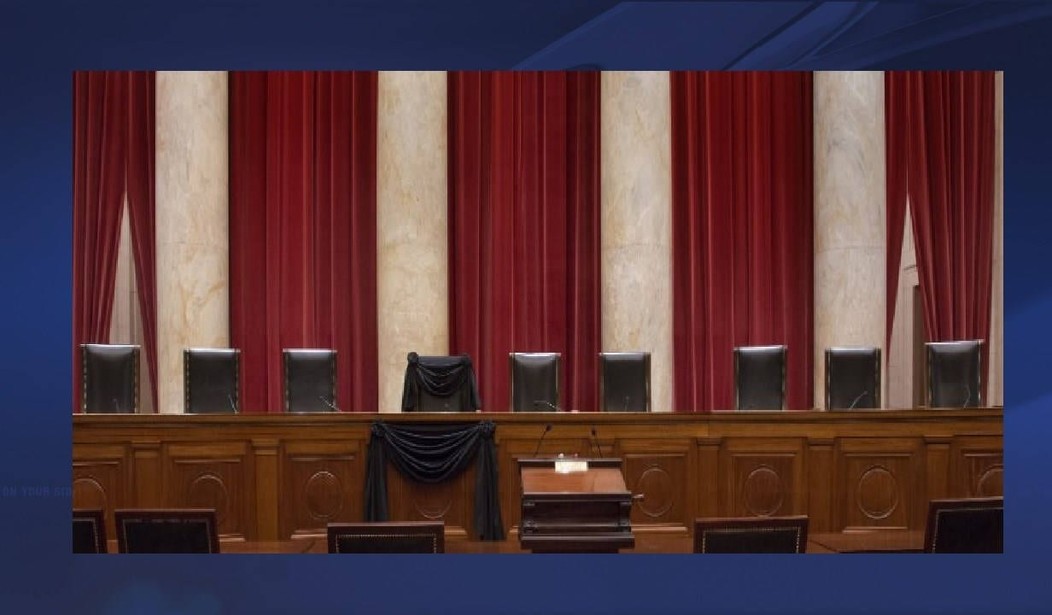


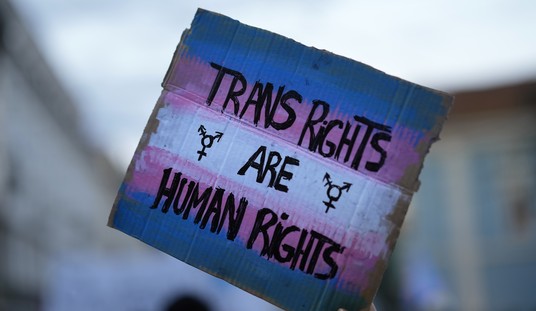

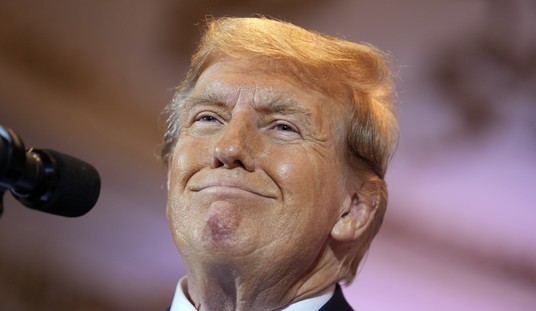

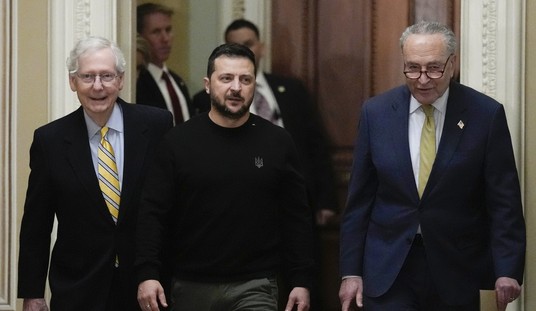




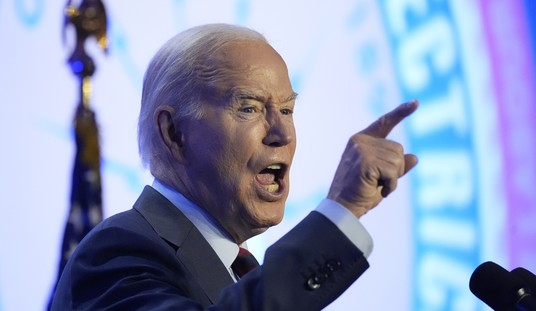
Join the conversation as a VIP Member